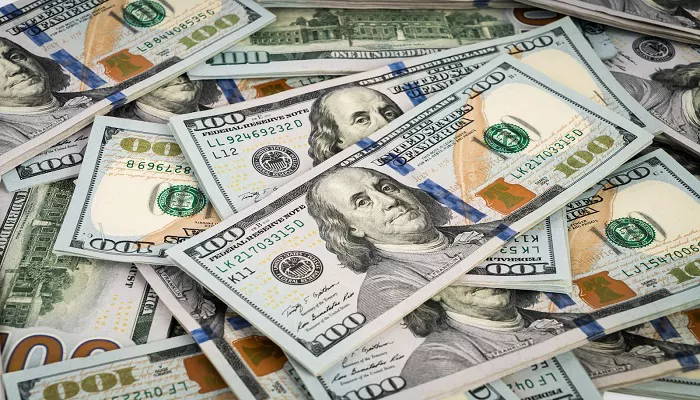LONDON, June 17 (Reuters) – A weakening U.S. dollar is reviving interest in emerging market local currency debt after more than a decade of low inflows.
Emerging market local-currency bond funds recorded a new inflow record in the week ending Wednesday, marking eight straight weeks of positive flows, according to EPFR data.
Though these inflows remain modest and global uncertainties like tariffs and conflict dampen some demand, investors expect the momentum to continue. This boost is benefiting local debt markets in key emerging economies such as Brazil, Mexico, Indonesia, and India.
Jonny Goulden, head of emerging market fixed income strategy at JPMorgan, said, “Many large emerging markets are seeing increased foreign buying of debt. This could mark a turning point.”
Yields on JPMorgan’s GBI Emerging Market local currency index are at their lowest since 2022, partly due to inflows of international cash. Local currency government bonds in emerging markets have returned over 10% this year—more than double the roughly 4% return from hard-currency bonds.
The weaker dollar, which recently hit its lowest level in over three years, and fading U.S. economic dominance are pushing investors to seek higher returns elsewhere.
Luca Paolini, chief strategist at Pictet Asset Management, said, “The dollar is expected to weaken further, and bond yields will fall. This is driving a hunt for yield, with emerging market bonds set to benefit.”
This shift is helping reverse about 14 years of foreign investor flight from emerging market local currency bonds. According to JPMorgan, the asset class has more than doubled in size to $13 trillion, with local investors and some global funds driving growth.
David Hauner, head of global emerging markets fixed income at Bank of America, noted that allocations to emerging markets have been “rock bottom” after years of U.S. dollar strength, leaving room for growth. He expects steady inflows and double-digit returns by year-end in dollar terms.
This trend is part of a broader effort by international investors to diversify away from U.S. dollar assets after years of strong U.S. returns.
Emerging market central banks are mostly cutting rates, while the outlook for U.S. Federal Reserve policy remains uncertain, adding further appeal to emerging market debt.
Phoenix Kalen, global head of emerging markets research at Societe Generale, called it “a rare goldilocks moment” for local assets, highlighting value in countries like the Philippines, Czech Republic, Hungary, South Africa, Turkey, Brazil, and Colombia.
Though inflows have yet to fully reverse years of outflows, even small investments can have a big impact. Hauner explained, “Emerging markets are smaller. A 1% outflow from the U.S. is like 20% in emerging markets, so these flows could be very meaningful.”


